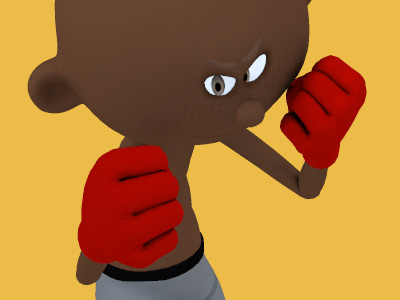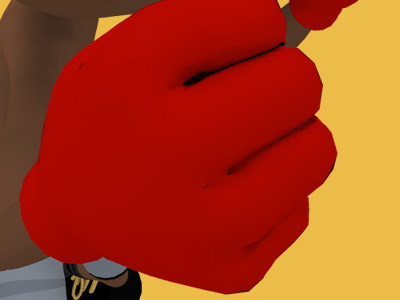Boxing

Professional Boxing
Professional bouts are usually much longer than amateur bouts, typically ranging from ten to twelve rounds, though four-round fights are common for less experienced fighters or club fighters. There are also some two- and three-round professional bouts, especially in Australia. Through the early 20th century, it was common for fights to have unlimited rounds, ending only when one fighter quit, benefiting high-energy fighters like Jack Dempsey. Fifteen rounds remained the internationally recognized limit for championship fights for most of the 20th century until the early 1980s, when the death of boxer Duk Koo Kim eventually prompted the World Boxing Council and other organizations sanctioning professional boxing to reduce the limit to twelve rounds.
Headgear is not permitted in professional bouts, and boxers are generally allowed to take much more damage before a fight is halted. At any time, the referee may stop the contest if he believes that one participant cannot defend himself due to injury. In that case, the other participant is awarded a technical knockout win. A technical knockout would also be awarded if a fighter lands a punch that opens a cut on the opponent, and the opponent is later deemed not fit to continue by a doctor because of the cut. For this reason, fighters often employ cutmen, whose job is to treat cuts between rounds so that the boxer is able to continue despite the cut. If a boxer simply quits fighting, or if his corner stops the fight, then the winning boxer is also awarded a technical knockout victory. In contrast with amateur boxing, professional male boxers have to be bare-chested.
SPORTS

RESOURCES
This article uses material from the Wikipedia articles "Boxing" and "Marquess of Queensberry Rules" which is released under the Creative Commons Attribution-Share-Alike License 3.0.
© Stories Preschool. All Rights Reserved.









